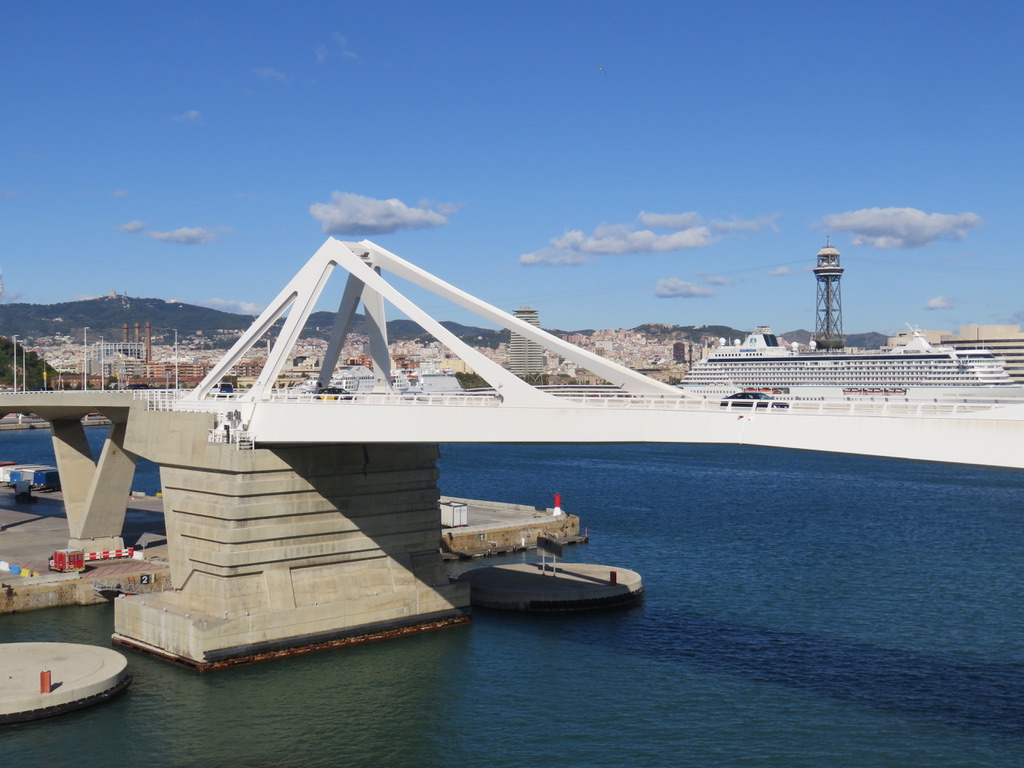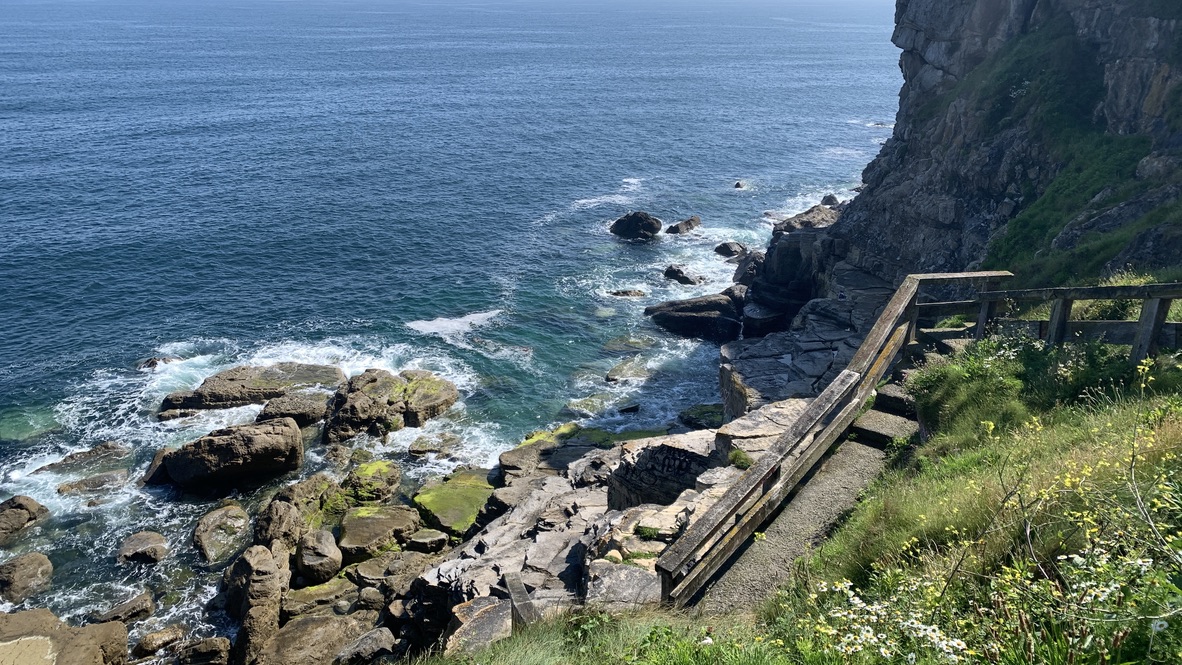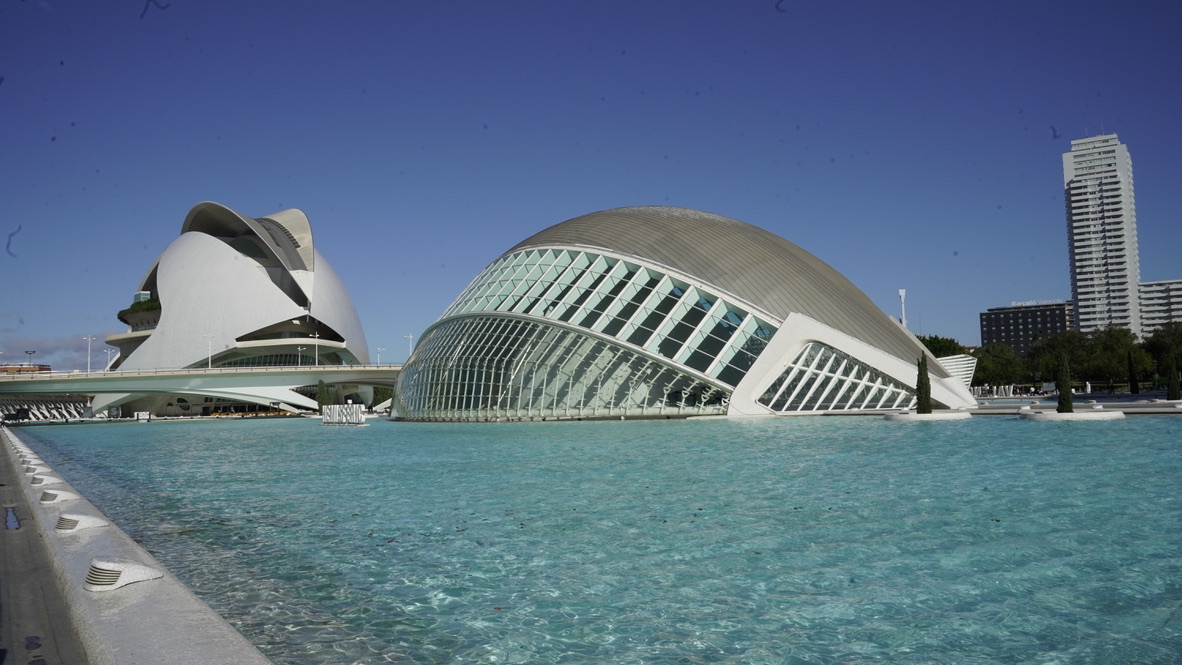The Costa Brava combines both picturesque coastal landscapes and cosmopolitan beachfront nighlife.
Getting There and Around
The Costa Brava, located in the northeastern region of Spain along the Mediterranean coast, is renowned for its rugged cliffs, charming coastal towns, and beautiful beaches. The main gateway to the Costa Brava is Girona-Costa Brava Airport, which offers domestic and international flights. The region is also accessible via Barcelona-El Prat Airport. The Costa Brava is well-connected by train and bus services, with major routes passing through cities like Girona, Figueres, and Lloret de Mar. Renting a car is a convenient option for exploring the region, particularly for visiting smaller towns and hidden coves. Public transportation within towns includes buses and taxis, and many areas are pedestrian-friendly.
Top Attractions
- Tossa de Mar: Known for its medieval old town, beautiful beaches, and the impressive Tossa de Mar Castle. The Vila Vella offers stunning views and charming narrow streets.
- Cadaqués: A picturesque fishing village famous for its white-washed houses and its association with Salvador Dalí. The Dalí House-Museum in nearby Portlligat is a must-visit.
- Lloret de Mar: A popular beach resort with a vibrant nightlife. Key attractions include the Santa Clotilde Gardens, Water World water park, and the Castell d’en Plaja.
- Begur: Known for its stunning beaches and coves, as well as its medieval castle. The town itself offers a charming mix of old houses and narrow streets.
- Roses: A town with a rich history and beautiful beaches. Highlights include the Ciutadella de Roses (a historic fortress), the Roses Lighthouse, and the nearby Cap de Creus Natural Park.
- Girona: While not on the coast, Girona is close enough for a day trip and offers a beautiful old town, the impressive Girona Cathedral, and the colorful houses along the Onyar River.
Culture and Cuisine
The Costa Brava’s cultural heritage is influenced by its coastal and Catalonian geography, offering a mix of maritime and rural traditions. The region is known for its vibrant festivals, such as the Fiesta Major in Tossa de Mar, the Habaneras in Calella de Palafrugell, and various local fiestas celebrating different saints and traditions.
Costa Brava cuisine is characterized by its emphasis on fresh seafood, local produce, and traditional Catalonian recipes. Must-try dishes include suquet de peix (fish stew), fideuà (a noodle-based dish similar to paella), escalivada (grilled vegetables), and crema catalana (a dessert similar to crème brûlée). The region is also famous for its tapas culture, offering a variety of small dishes to enjoy with drinks. Don’t miss trying local wines from the Empordà wine region and cava (a sparkling wine from Catalonia).
Shopping
For shopping enthusiasts, the Costa Brava offers a mix of local boutiques, specialty stores, and artisan markets. Girona’s city center and the Independence Square are great for finding unique souvenirs, fashion, and local crafts. Tossa de Mar’s markets offer fresh produce, local delicacies, and handcrafted goods. Local markets, like the Cadaqués Market and the Palamós Market, are perfect for buying fresh produce, local delicacies, and artisanal goods.
Day Trips
The Costa Brava’s diverse landscape and rich history make it ideal for day trips:
- Cap de Creus: A natural park known for its rugged coastline, beautiful coves, and unique rock formations. Ideal for hiking, snorkeling, and exploring.
- Peratallada: A beautifully preserved medieval village with narrow streets, stone houses, and a castle. A perfect place to experience the charm of historic Catalonia.
- Montserrat: A mountain range near Barcelona, famous for its stunning views, hiking trails, and the Montserrat Monastery. It’s a bit farther, but well worth the trip.
Practical Tips
- Best Time to Visit: Spring (April to June) and Fall (September to November) offer mild weather and fewer tourists. Summers are hot and ideal for beach activities, while winters are mild but less crowded.
- Language: Catalan and Spanish are the official languages. While English is spoken in tourist areas, learning some basic Catalan or Spanish phrases can enhance your experience and interactions with locals.
- Safety: The Costa Brava is generally safe, but as with any tourist destination, be mindful of your belongings in crowded areas and tourist sites to avoid pickpocketing.





